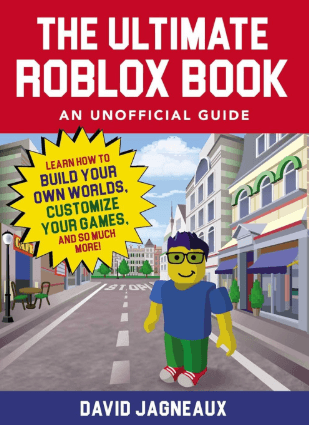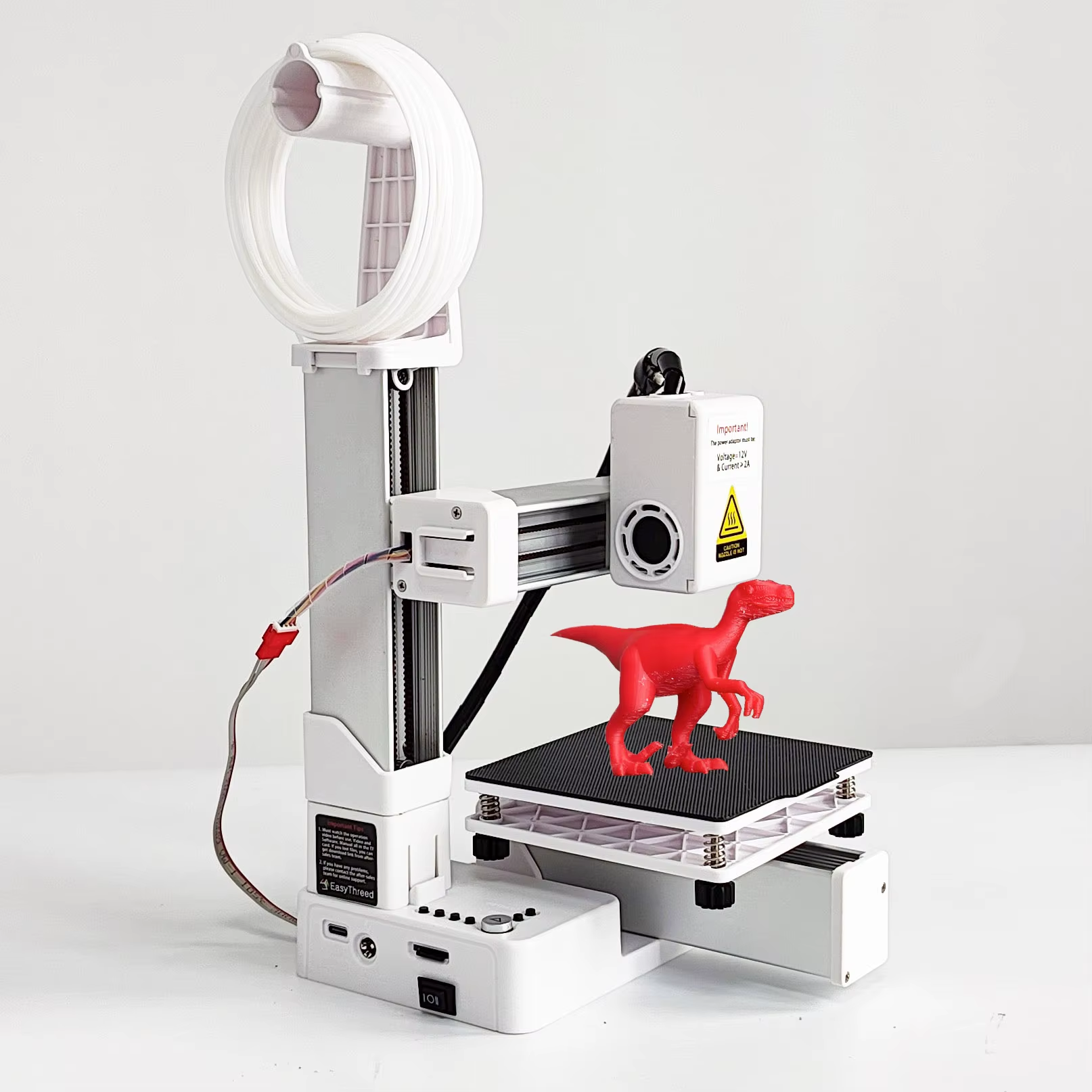The video game landscape has transformed dramatically over the last decade. While blockbuster AAA titles still dominate headlines and sales charts, indie games have carved out a vibrant, influential space where innovation and artistry thrive.
What exactly are indie games? Why are they important? And how have they reshaped gaming culture? Let’s explore.
🎨 What Are Indie Games?
Indie (short for independent) games are titles developed by small teams or solo creators, usually without the financial backing of major publishers. This independence offers freedom from corporate constraints but also means tighter budgets and smaller marketing reach.
Yet despite these challenges, indie developers have created some of the most beloved, daring, and unique games of the modern era.
🚀 Why Indie Games Matter
1. Creative Freedom
Without the pressure of mass-market appeal, indie creators experiment with:
- New gameplay mechanics
- Unusual art styles
- Diverse storytelling and themes
Games like Hollow Knight blend challenging gameplay with hand-drawn visuals, while Celeste offers a deeply personal story about mental health.
2. Cultural Representation
Indie games often reflect voices and experiences underrepresented in mainstream gaming—highlighting LGBTQ+ stories, indigenous perspectives, and marginalized communities.
Night in the Woods, for example, explores themes of economic hardship and identity in a small town.
3. Community and Accessibility
Many indie games foster close-knit communities and involve players in development via Early Access or mods. This transparency builds loyalty and innovation.
🎮 Notable Indie Games That Made Waves
- Undertale: A quirky RPG that challenges player morality.
- Stardew Valley: A farming sim inspired by Harvest Moon that became a worldwide hit.
- Cuphead: Known for its 1930s cartoon style and challenging boss fights.
- Hades: A rogue-like that combines deep storytelling with addictive gameplay.
These games have won awards, inspired fan art and cosplay, and even influenced AAA studios.
💡 Indie Game Development: The Process
Indie development often involves:
- Small teams or solo devs wearing multiple hats: coding, art, sound, marketing
- Using accessible engines like Unity and Unreal Engine
- Launching on platforms like Steam, itch.io, and console marketplaces
- Crowdfunding via Kickstarter or patreon
Despite limited resources, passion and creativity fuel innovation.
🌍 The Indie Game Community and Ecosystem
- Game Jams: Events like Ludum Dare bring developers together to create games in a short timeframe, sparking creativity and collaboration.
- Festivals: Indiecade and PAX showcase indie gems to players and press.
- Online Communities: Discord servers, Reddit, and YouTube channels amplify indie voices and fandom.
This ecosystem fosters discovery and support.
💰 Challenges for Indie Developers
- Funding and Sustainability: Many indies struggle to finance full development and post-launch support.
- Discoverability: The sheer volume of games makes standing out difficult.
- Crunch and Burnout: Small teams can face intense workloads and stress.
Support from players, platforms, and publishers is crucial.
🔮 The Future of Indie Gaming
Indie games will continue to push boundaries:
- Exploring new storytelling forms like interactive fiction and VR
- Expanding into mobile and cloud gaming
- Leveraging AI to create dynamic, adaptive worlds
- Building more inclusive and diverse gaming communities
The indie spirit keeps the industry vibrant, experimental, and humane.
🏁 Conclusion: Indie Games Are the Heartbeat of Gaming Innovation
While AAA blockbusters dazzle with spectacle, indie games inspire with heart, imagination, and risk-taking. They prove that in gaming, creativity matters more than budget, and a small team’s passion can create something unforgettable.
Whether you’re a player, creator, or fan, indie games offer a world of discovery and delight that shapes the future of gaming.




